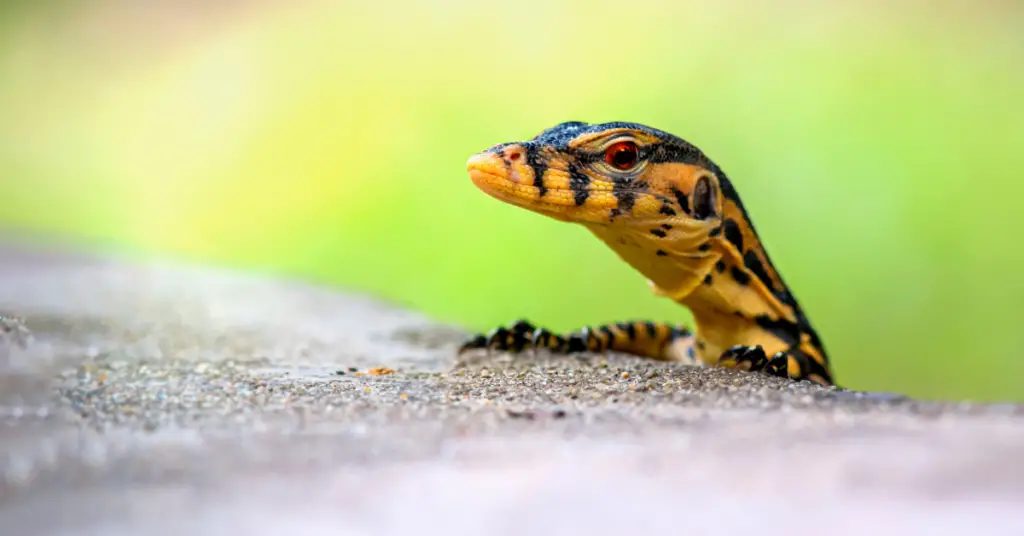One may think that reptiles—often seen basking on sun-drenched rocks to obtain active body temperatures—may benefit from climate change. Yet, as a group, they are also expected to suffer under climate change.
One reason is because many reptiles will also have to adapt their ranges to shifting climates.
Even more important, climate change will increase reptiles’ vulnerability to demographic
stochasticity.
Many reptiles—and some fish—have their sex determined by temperature during embryonic development, with warmer temperatures often leading to more females.
In general, females regulate
their offspring’s sex ratios by fine-scale breeding site selection. Under climate change, however, it might be harder for the females to find breeding sites with suitable microclimates.
This situation is of concern at South Africa’s iSimangaliso Wetland Park, where Nile crocodiles (Crocodylus niloticus, LC) are already struggling to find suitable breeding sites due to microclimate changes caused by invasive plant encroachment. Those species unable to adopt new mechanisms to control
for offspring sex ratio bias may eventually go extinct, even under relatively small temperature shifts.

Erzsebet Frey (Eli Frey) is an ecologist and online entrepreneur with a Master of Science in Ecology from the University of Belgrade. Originally from Serbia, she has lived in Sri Lanka since 2017. Eli has worked internationally in countries like Oman, Brazil, Germany, and Sri Lanka. In 2018, she expanded into SEO and blogging, completing courses from UC Davis and Edinburgh. Eli has founded multiple websites focused on biology, ecology, environmental science, sustainable and simple living, and outdoor activities. She enjoys creating nature and simple living videos on YouTube and participates in speleology, diving, and hiking.

